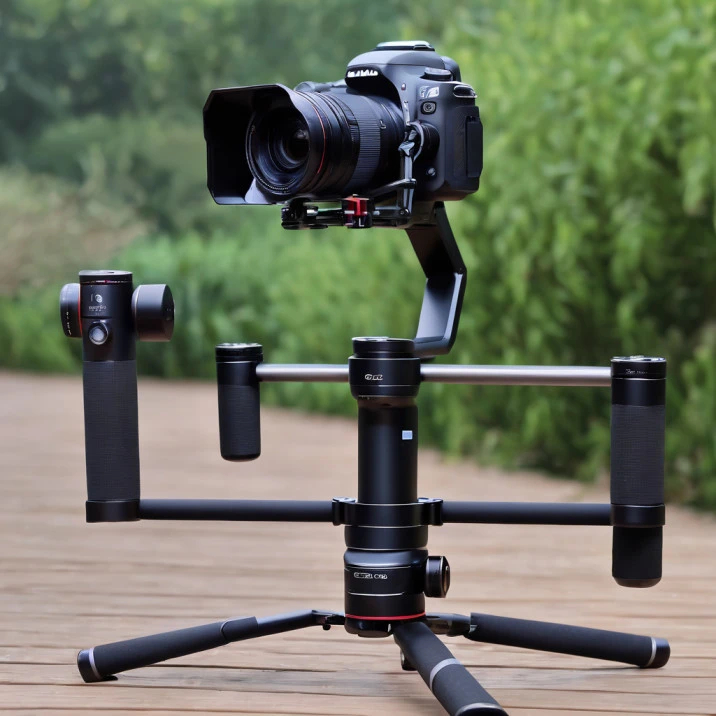Camera stabilizers/gimbals
Discover the best camera stabilizers and gimbals for smooth and professional-looking videos. Find the perfect stabilizer for your photography needs.

Camera Stabilizers/Gimbals
Camera stabilizers, also known as gimbals, are essential tools for filmmakers and videographers looking to capture smooth and steady footage. These devices help eliminate camera shake and ensure professional-looking results. There are various types of camera stabilizers available on the market, each designed to suit different needs and budgets. In this guide, we will explore the different types of camera stabilizers and their key features.
Types of Camera Stabilizers/Gimbals
1. Handheld Stabilizers
Handheld stabilizers are compact and lightweight devices that are ideal for shooting on the move. They are designed to be held in your hand while providing stabilization for your camera or smartphone. Handheld stabilizers come in various designs, including pistol grip stabilizers and three-axis gimbals. These stabilizers are perfect for capturing smooth footage while walking, running, or even shooting from a moving vehicle.
2. Wearable Stabilizers
Wearable stabilizers, also known as body-mounted stabilizers, are designed to be worn on the body to provide stabilization while filming. These stabilizers are typically used in action sports or activities where traditional handheld stabilizers may not be practical. Wearable stabilizers can be attached to your body using straps or harnesses, allowing you to capture stable footage while on the move.
3. Mechanical Stabilizers
Mechanical stabilizers, such as glidecams and steadicams, use counterweights and springs to stabilize the camera. These stabilizers require manual adjustments to balance the camera properly, but they can provide excellent stabilization for a wide range of camera setups. Mechanical stabilizers are popular among filmmakers for their versatility and ability to create smooth, cinematic shots.
4. Electronic Stabilizers/Gimbals
Electronic stabilizers, also known as gimbals, use motors and sensors to stabilize the camera automatically. These stabilizers can be controlled remotely or through a smartphone app, allowing for precise adjustments and customization. Electronic gimbals come in various configurations, including two-axis and three-axis gimbals, and are widely used in professional filmmaking and videography.
Key Features to Consider
1. Payload Capacity
The payload capacity of a camera stabilizer refers to the maximum weight it can support. It is essential to choose a stabilizer that can handle the weight of your camera and any additional accessories, such as lenses or microphones. Exceeding the payload capacity can lead to stability issues and potentially damage the stabilizer.
2. Stabilization Modes
Electronic gimbals often come with different stabilization modes, such as follow mode, lock mode, and pan-follow mode. These modes allow you to customize the movement of the camera and achieve various cinematic effects. Some gimbals also offer advanced features like timelapse and hyperlapse modes for creative filmmaking.
3. Battery Life
Battery life is an essential consideration when choosing a camera stabilizer, especially for long shoots or travel. Make sure to check the battery life of the stabilizer and consider carrying extra batteries or a power bank for extended use. Some gimbals also offer USB charging options for added convenience.
4. Compatibility
Ensure that the camera stabilizer you choose is compatible with your camera or smartphone. Some stabilizers come with interchangeable mounting plates or adapters to accommodate different camera models. It is also important to check the maximum width and weight capacity of the stabilizer to ensure a secure fit.
5. Portability
If you plan to travel frequently or shoot on location, consider the portability of the camera stabilizer. Look for compact and lightweight designs that are easy to carry and set up. Some stabilizers also offer foldable or detachable components for convenient storage and transportation.
What's Your Reaction?

















